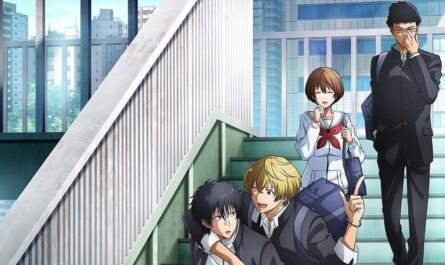It’s a strange story.
The stage is Prague and Shibuya in the Czech Republic. There is a young woman named Yana in both of them, but Yana in Prague and Yana in Shibuya seem to be similar but somehow different. Yana in Prague became interested in Japan after Haruki Murakami’s “After Dark” in Czech and became addicted to Japanese movies after discovering anime and manga. Up to this point, it’s commonplace, but it’s strange from here.
After studying Japanese and advancing to the Japanese studies major at the university, he discovered a writer from the Taisho era called “Kawashima Kiyomaru.” He was trying to write a treatise by reading his works “Split” and “Lovers.” Yana in Shibuya is even stranger. Her appearance is invisible to others. He pays attention to the young man who likes the visual kei band, names him “Nakashiro,” observes him, and saves him secretly trapped in the underground warehouse.
There seems to be a barrier around her, so she can’t go out of Shibuya. When I visited Japan for the first time with a friend, I felt that I wanted to be here too strongly, and it seemed that I stayed as a “feeling.” Yana in Shibuya is like a ghost or a living spirit in “The Tale of Genji. “Kiyomaru Kawashita’s work by “Czech Supernova” (obibun) is probably due to the excellent translation, but it makes me think that there was such a thing in the work of the new sense group.
The event that happened to the woman in her first love downstream was Fujimura Shimazaki. Is reminiscent of the relationship between niece and niece. The world of Yana in Prague and Shibuya is twisted into a single thread, transcending time and space, guided by the fiction of the life and works of Kiyomaru Kawashita, who has opened a gap in the history of literature and magically sneaked into it. To go. Fiction moves reality. Far beyond the level of exoticism, the essence of Japanese culture is studded with stubbornness, yet there is nothing spectacular about it. [Reviewer] Ayako Sakuma (Literary journalist) Shinchosha Weekly Shincho July 8, 2021 issue











